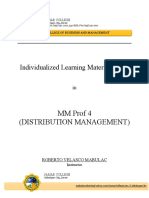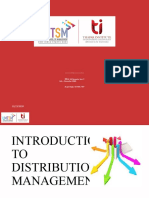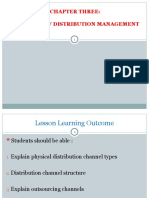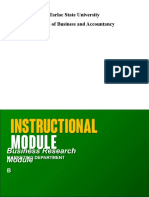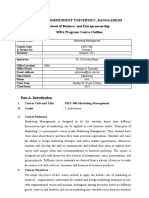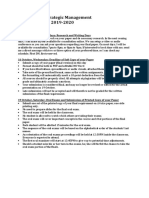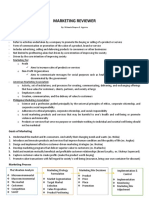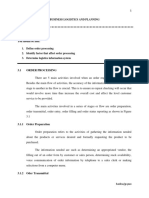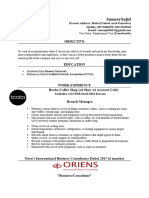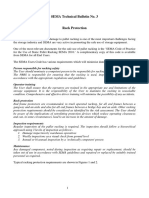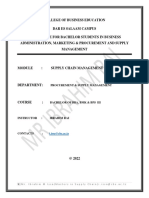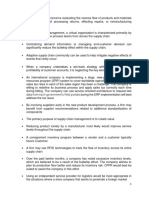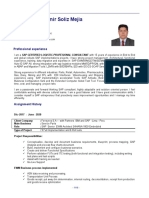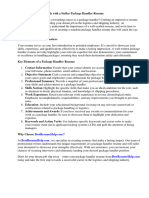0% found this document useful (0 votes)
412 views25 pagesChapter 1.1 Introduction To Distribution Management
This document outlines the course content for a distribution management course. It includes 4 learning outcomes focusing on describing distribution and its components, explaining distribution channels and operations, and analyzing international distribution. It also lists 6 chapters that will be covered: Introduction to Distribution Management, Components of Distribution Management, Channels of Distribution Management, Distribution Operations Planning, Distribution Operations Execution, and International Distribution. Various assessment methods are outlined including tests, quizzes, presentations, problem scenarios, and a mini project.
Uploaded by
有川静寂Copyright
© © All Rights Reserved
We take content rights seriously. If you suspect this is your content, claim it here.
Available Formats
Download as PPT, PDF, TXT or read online on Scribd
0% found this document useful (0 votes)
412 views25 pagesChapter 1.1 Introduction To Distribution Management
This document outlines the course content for a distribution management course. It includes 4 learning outcomes focusing on describing distribution and its components, explaining distribution channels and operations, and analyzing international distribution. It also lists 6 chapters that will be covered: Introduction to Distribution Management, Components of Distribution Management, Channels of Distribution Management, Distribution Operations Planning, Distribution Operations Execution, and International Distribution. Various assessment methods are outlined including tests, quizzes, presentations, problem scenarios, and a mini project.
Uploaded by
有川静寂Copyright
© © All Rights Reserved
We take content rights seriously. If you suspect this is your content, claim it here.
Available Formats
Download as PPT, PDF, TXT or read online on Scribd
/ 25

